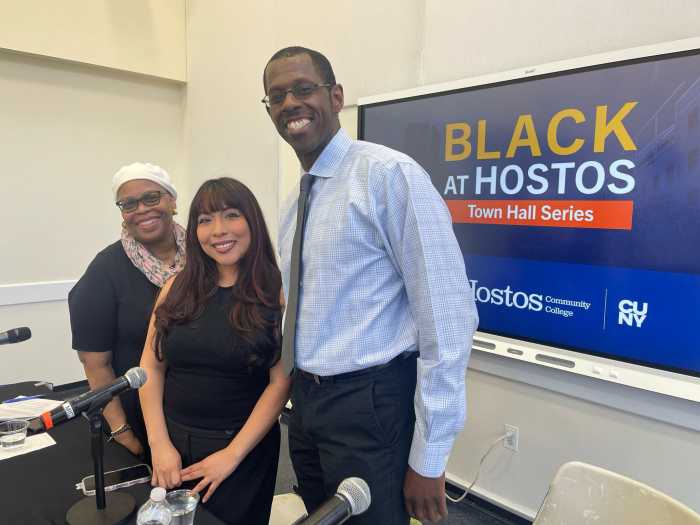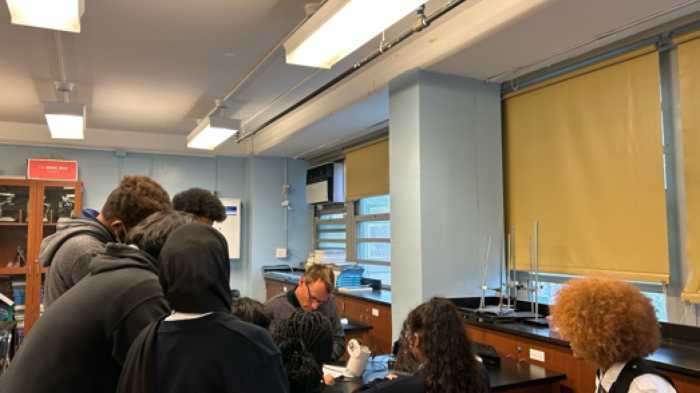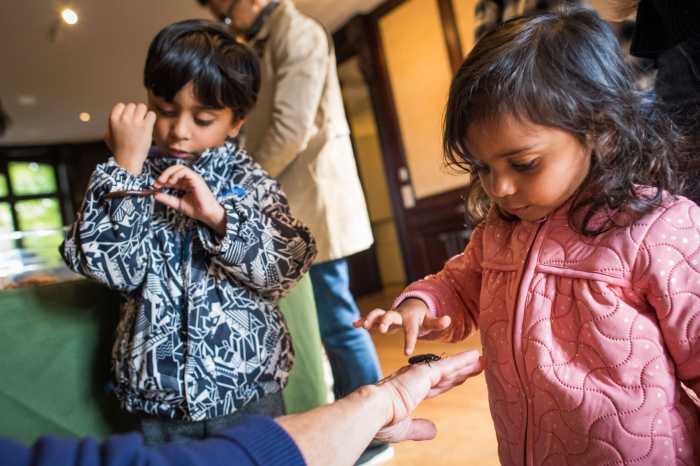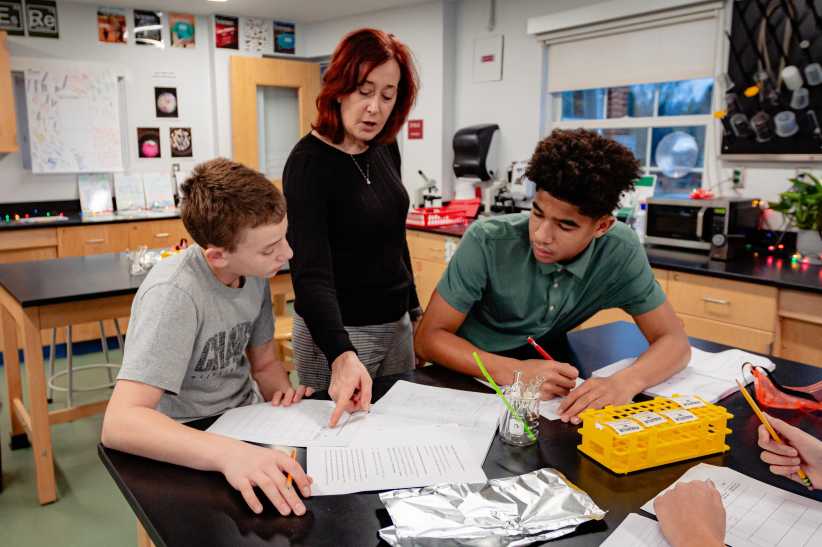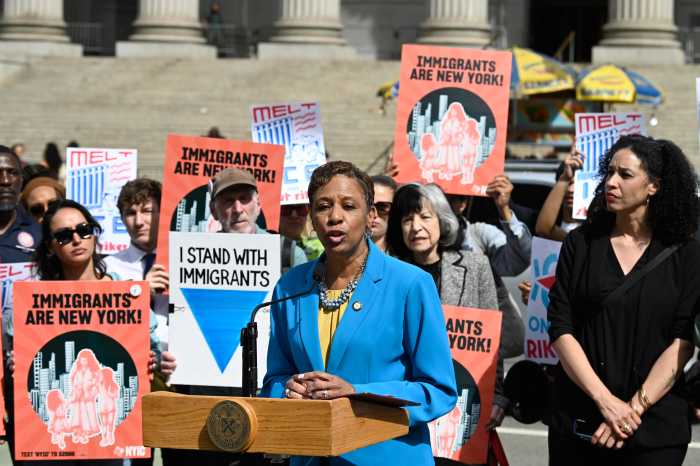If you build it, they will come.
That immortal line from “Field of Dreams” is as applicable today as it was when first heard at movie theaters 35 years ago.
Instead of building a baseball field amid acres of corn stalks, we’re talking about a dynamic pipeline for students from low-income and disadvantaged backgrounds, the Science and Technology Entry Program (STEP) and the Collegiate Science and Technology Entry Program (CSTEP), and other NYS “Opportunity Programs” — uniquely designed pipelines that take middle school and high school students through undergraduate studies to professional and graduate school programs of study and eventual careers in Science, Technology, Engineering and Math (STEM), health and licensed professions.
For students from first-generation, low-income and disadvantaged communities, these programs are a ladder to upward mobility. Since we’re talking about STEM fields here, it may be appropriate to think of these programs as the helium lifting young people up from a lack of economic opportunity to financial stability. Coupled with other vital financial assistance and support, these programs (like the Higher Education Opportunity Program, and the Liberty Partnerships Program, TAP, Bundy Aid) are investments in local communities throughout the state that help produce the next generation of thinkers, leaders and doers.
It’s a fact that people who earn a degree earn more. The short-term benefits are immediate and impactful, as those holding a bachelor’s degree earn a median of $32,000 more annually than people with just a high school diploma. Over a lifetime, those with a degree earn $1 million more than those who do not.
If the State truly wants to prepare for the pending crisis developing at the federal government, then doubling down on programs like CSTEP and STEP – which lead to better-educated, higher-earning workers and future taxpayers – is good policy. Given the headlines, We don’t know if cheaper rent and grocery prices will be on the horizon anytime soon, but I do know that if we invest in workforce development programs that produce highly skilled workers, a tax base will be created, from which the State will continue to draw from to make investment in other sectors.
For decades, these programs have produced generations of highly skilled workers who secure good-paying jobs and reinvest their success in the socio-economic fabric of our communities.
Yet, despite this history of achievement, the Governor proposed significant cuts with the wink-and-nod forcing the Legislature to use limited funds to restore them. This is a foolhardy game and students are relegated to political pawns, particularly when facing severe and sweeping cuts from D.C.
At this moment of history, whether to restore millions in proposed cuts should not be the conversation that New York is having. That conversation should be focused on increasing opportunity programs by 20% because the math is simple: without increased funding, New York’s 2- and 4-year colleges will lose 25% of STEP and CSTEP programs on their campuses. That undermines student success and leads to fewer graduates able to meet our needs in STEM, health and licensed professions. This is a clear and present danger for underserved students and New York’s economy.
Legislators have championed these programs for decades – particularly Senate Majority Leader Andrea Stewart-Cousins, Speaker Carl Heastie and Higher Ed Chairs Toby Stavisky and Alicia Hyndman. However, in these unprecedented times students need more. We urge Governor Hochul and legislators to proactively act on its forward-thinking inclinations and get this budget right by increasing funding by 20% over last year’s levels.
Opportunity Programs like STEP, CSTEP, HEOP and LPP are proven to be the central nucleus of New York’s network of educational enrichment and training and professional development.
Let’s renew and advance our commitment to opportunity by fully and fairly funding these programs.
Renaldo D. Alba, Ed.D., is the President of the Association for Program Administrators of CSTEP and STEP, Inc. (APACS).


